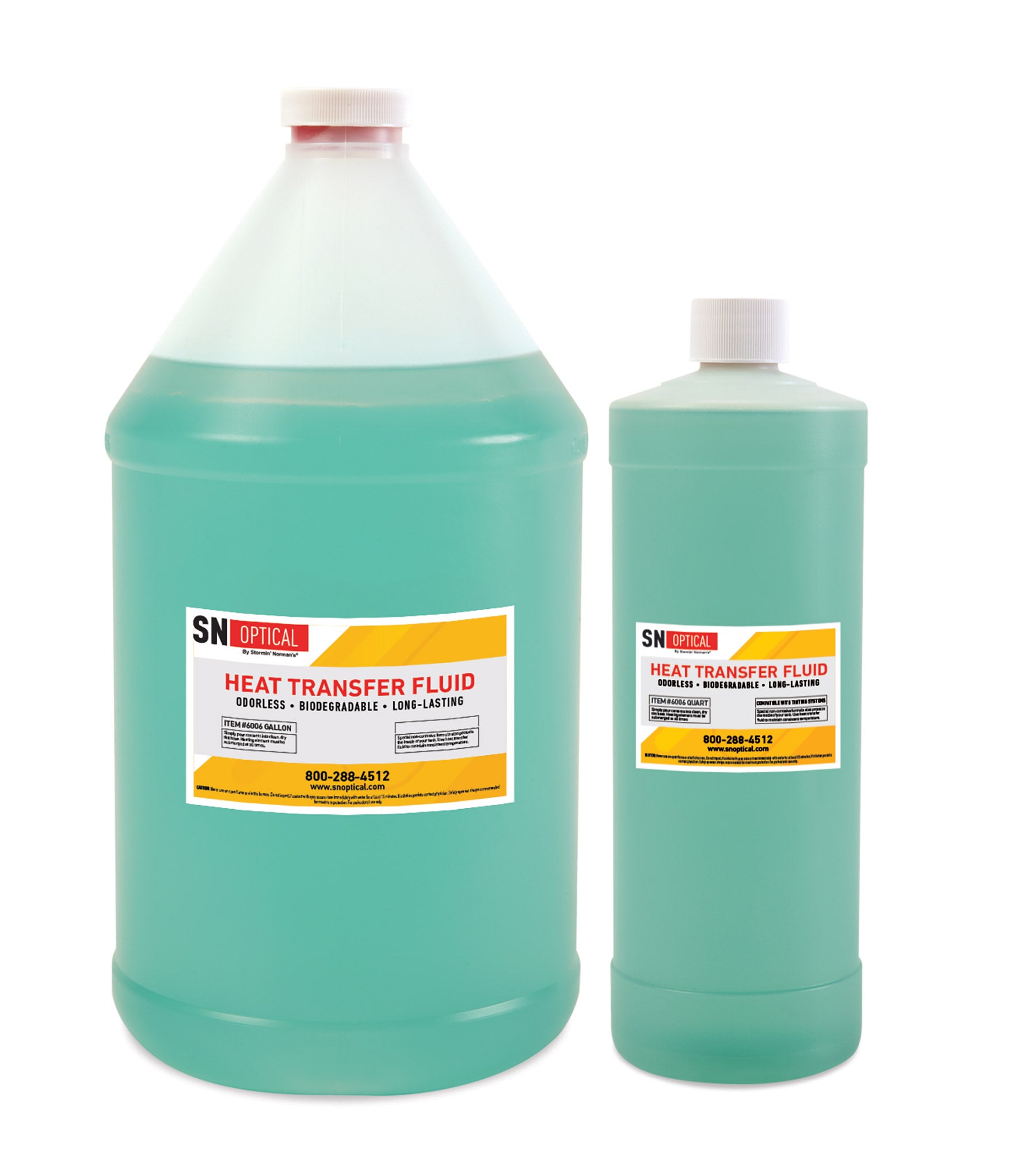Why Heat Transfer Fluid Is Necessary for Optimizing Power Transfer in Systems
The function of warmth transfer liquids in maximizing energy transfer is critical for accomplishing reliable thermal monitoring across different commercial markets. These liquids promote seamless warm exchange, making certain processes run within optimum temperature arrays and mitigating the threat of getting too hot. Their selection, based on elements like thickness and thermal security, directly influences the effectiveness and sustainability of a system. Nonetheless, the details of choosing the best liquid are commonly taken too lightly. What are the important factors to consider for this selection, and just how do they influence both financial efficiency and environmental obligation in industrial applications?

Role in Thermal Management
Warm transfer fluids play an important function in thermal administration by efficiently regulating temperature levels in numerous commercial processes and systems. These specialized fluids help with the transfer of heat in between various elements, guaranteeing optimal operating conditions and protecting against getting too hot. By preserving exact temperature control, warm transfer fluids make it possible for sectors such as chemical production, oil and gas, and power generation to run securely and successfully.
The option of an appropriate warm transfer fluid relies on numerous elements, including thermal stability, heat ability, and thickness. High thermal stability ensures that the fluid can withstand severe temperatures without degrading, while a high warmth capability allows it to absorb and launch substantial amounts of warmth - heat transfer fluid. Low thickness minimizes the energy needed for pumping, adding to overall system performance
Moreover, warm transfer fluids are indispensable in applications like refrigeration, where they assist take in and dissipate heat throughout the cooling cycle. In solar thermal power systems, these fluids capture and transportation solar warmth to produce electrical energy or offer warm water. Their adaptability to varied operating conditions and ability to keep constant thermal efficiency highlight their importance in commercial thermal management, facilitating functional continuity and boosting precaution.

Enhancing System Performance
To maximize the advantages of thermal management, boosting system effectiveness through the strategic use heat transfer liquids is vital. These liquids play a vital duty in enhancing power transfer by helping with constant thermal policy, which in turn impacts the overall performance and durability of systems. Efficient heat transfer brings about lessened power losses, decreased functional prices, and improved dependability of tools. By maintaining optimal temperature degrees, warmth transfer fluids help make sure that systems run within their developed parameters, therefore avoiding overheating and minimizing the threat of component failure.

Sorts Of Warmth Transfer Fluids
The variety of warmth transfer liquids underscores their important duty in a range of industrial applications, each tailored to meet certain thermal monitoring requirements. These fluids facilitate efficient power transfer and are picked based upon crucial he said residential or commercial properties such as thermal stability, viscosity, and heat ability. The key kinds consist of water, glycol services, oils, and synthetics, each offering unique benefits.
Water is the most usual heat transfer tool due to its high particular warmth capability and low expense. Mineral oils are preferred for their thermal stability and non-corrosive nature, making them ideal for high-temperature applications.

These fluids guarantee exceptional performance in systems where traditional fluids might fall short. The option of a warmth transfer liquid is important, as it affects system effectiveness, security, and durability.
Environmental and Economic Advantages
Using the ideal warm transfer liquids provides considerable environmental and financial benefits for commercial procedures. Eco friendly warm transfer fluids, frequently naturally degradable and non-toxic, lessen the threat of dirt and water contamination in the occasion of leakages or spills, therefore protecting communities and conforming with strict environmental guidelines.
Economically, the ideal warmth transfer liquid can dramatically reduce operational costs. Liquids with extensive lifecycle efficiency reduce the frequency of replacements and upkeep, lowering downtime and linked prices. On the whole, the strategic usage of optimal heat transfer fluids sustains lasting financial development Recommended Reading and environmental stewardship.
Choosing the Right Liquid
Just how does one browse the complicated process of choosing the best warmth transfer liquid for industrial applications? Selecting the appropriate liquid is vital, as it straight affects system performance, security, and operational prices. Secret considerations consist of thermal stability, compatibility with system products, and operating temperature variety. Thermal security makes sure the fluid can withstand high temperature levels without breaking down, while compatibility avoids deterioration or other destructive reactions with system parts. The operating temperature variety have to line up with the system's needs to maintain performance and durability - heat transfer fluid.
Furthermore, the liquid's heat capability and thickness are extremely important. A high heat capacity enables the fluid to take in and move even more energy, enhancing efficiency. At the same time, ideal viscosity makes sure minimal pump work and efficient heat transfer, especially in varying temperature levels. Environmental and safety and security facets must additionally belong to the decision-making procedure. Non-toxic, naturally degradable fluids decrease ecological influence and abide by regulative requirements, decreasing responsibility dangers.
Conclusion
The tactical selection and application of warmth transfer liquids are essential to optimizing power transfer throughout different systems. By try this web-site making sure high thermal stability and ability, these liquids offer precise temperature level control and improve general system efficiency. This optimization adds to minimized functional costs and reduced greenhouse gas discharges, thus advertising sustainability. The option of fluid, customized to particular viscosity and functional demands, is essential for optimizing performance and achieving financial and environmental advantages in industrial procedures.